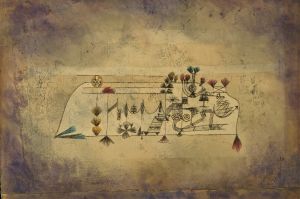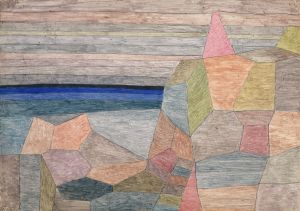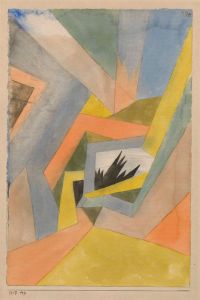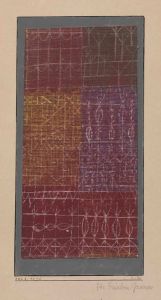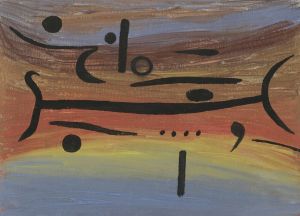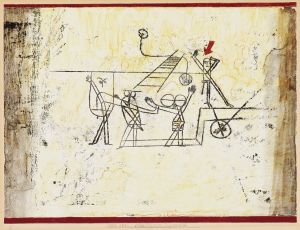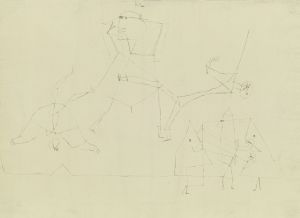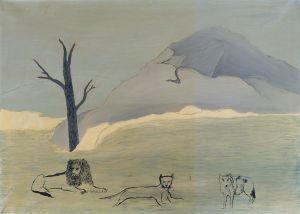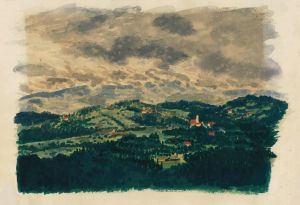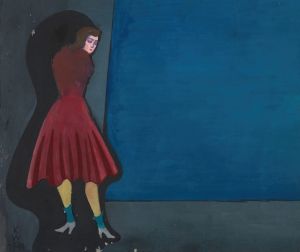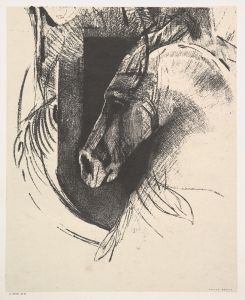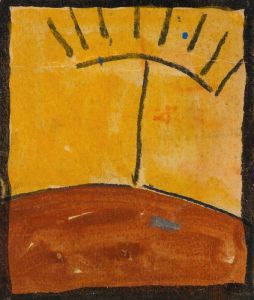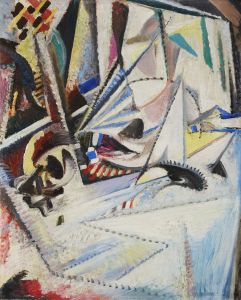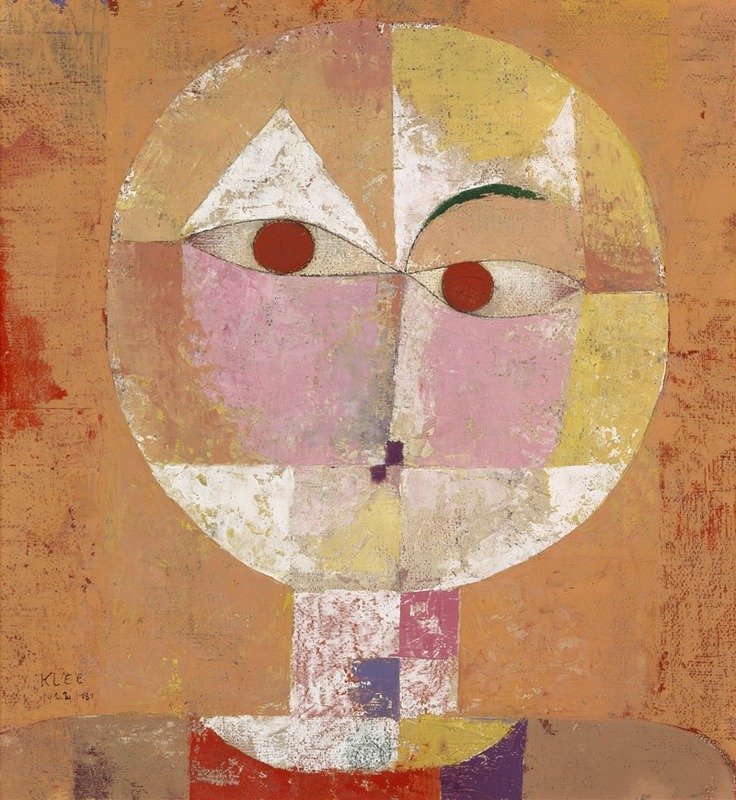
Senecio
A hand-painted replica of Paul Klee’s masterpiece Senecio, meticulously crafted by professional artists to capture the true essence of the original. Each piece is created with museum-quality canvas and rare mineral pigments, carefully painted by experienced artists with delicate brushstrokes and rich, layered colors to perfectly recreate the texture of the original artwork. Unlike machine-printed reproductions, this hand-painted version brings the painting to life, infused with the artist’s emotions and skill in every stroke. Whether for personal collection or home decoration, it instantly elevates the artistic atmosphere of any space.
"Senecio" is a painting created by the Swiss-born artist Paul Klee in 1922. Klee, a prominent figure in the early 20th-century modern art movement, was known for his highly individual style influenced by various art movements, including Expressionism, Cubism, and Surrealism. "Senecio" is one of his most recognizable works and is often cited as an exemplary piece of his artistic approach.
The painting, also known as "Head of a Man Going Senile," features a stylized human face that is divided into a grid-like pattern of geometric shapes and vibrant colors. The face is composed of simple forms, with a round head, large eyes, and a small mouth, giving it a mask-like appearance. The use of bold, contrasting colors and the abstract representation of the human face are characteristic of Klee's work during this period.
"Senecio" reflects Klee's interest in primitive art and his exploration of the subconscious mind. The title "Senecio" refers to the Latin name for the groundsel plant, which is known for its medicinal properties and its association with old age and senility. This connection is further emphasized by the subtitle "Head of a Man Going Senile," suggesting a commentary on the aging process and the deterioration of the mind.
Klee's technique in "Senecio" involves the use of oil on gauze, mounted on a wooden panel. This method allowed him to achieve a unique texture and depth in the painting. The use of geometric shapes and the grid-like structure can be seen as a nod to Klee's interest in the Bauhaus school's principles, where he taught from 1921 to 1931. The Bauhaus was known for its emphasis on the integration of art, craft, and technology, and Klee's work often reflected these ideals.
"Senecio" is housed in the Kunstmuseum Basel in Switzerland, which holds one of the most extensive collections of Klee's work. The painting is considered a significant example of Klee's mature style and his ability to blend abstraction with figuration. It continues to be studied and admired for its innovative use of color, form, and symbolism.
Paul Klee's influence on modern art is profound, and "Senecio" remains a testament to his unique vision and contribution to the art world. His work has inspired countless artists and continues to be a subject of scholarly research and public fascination.





